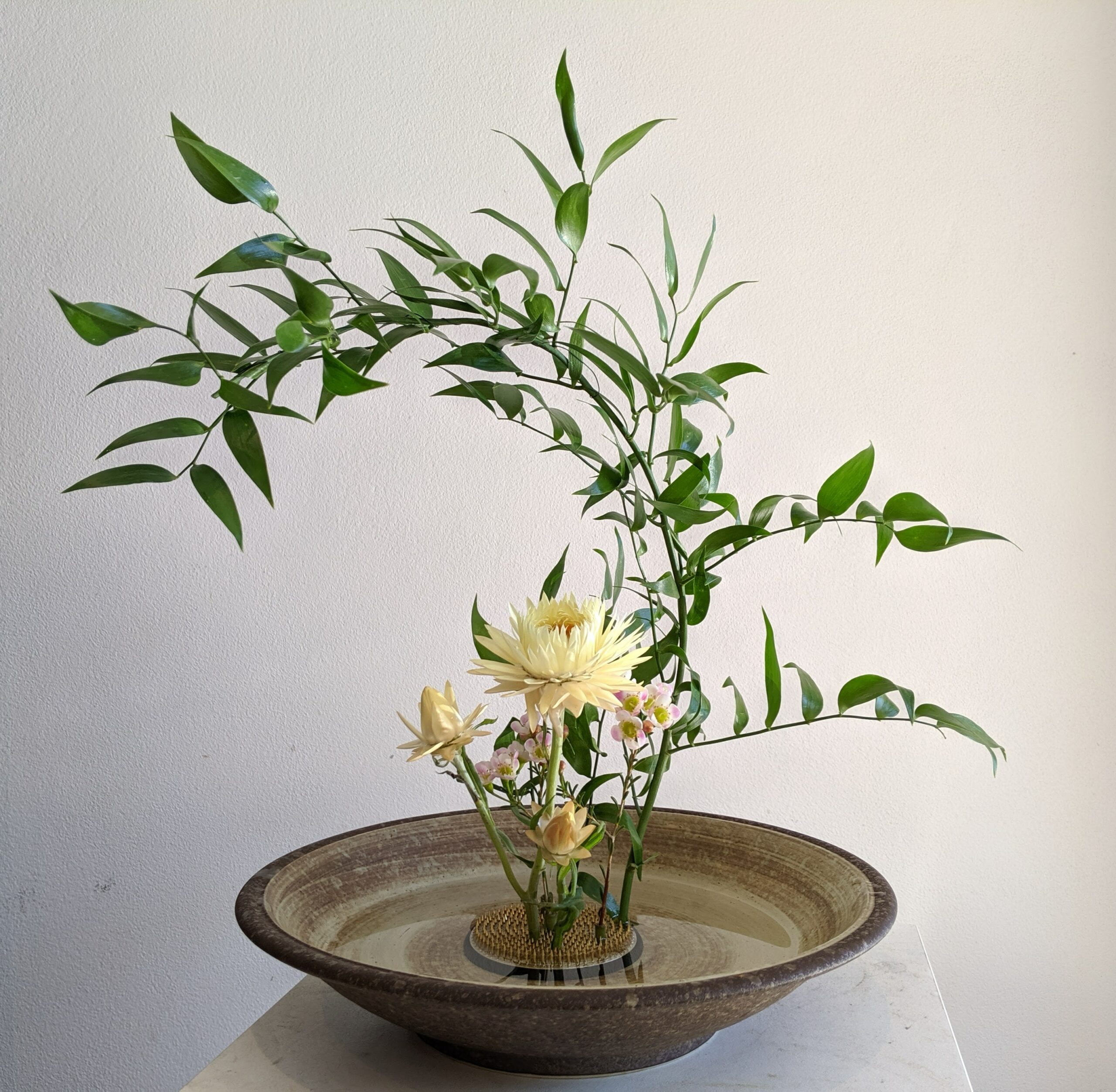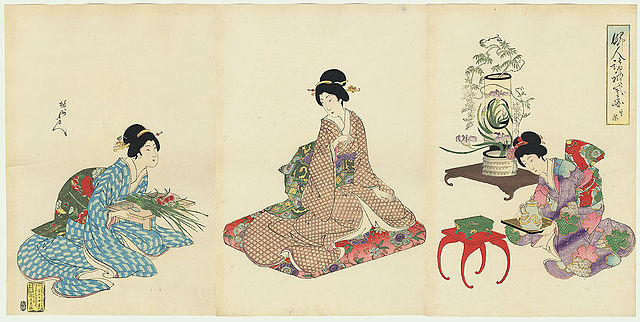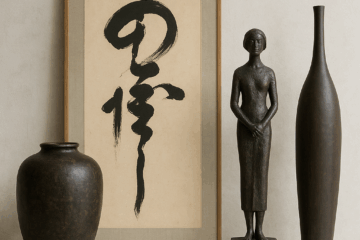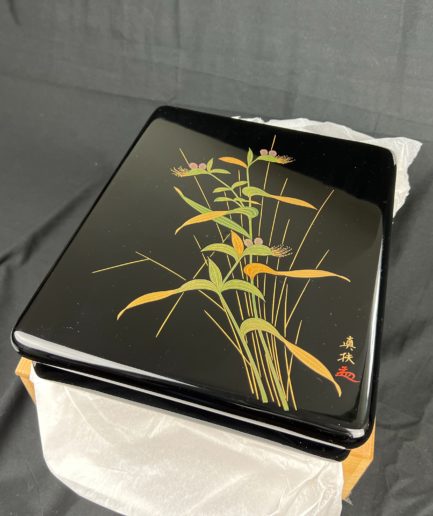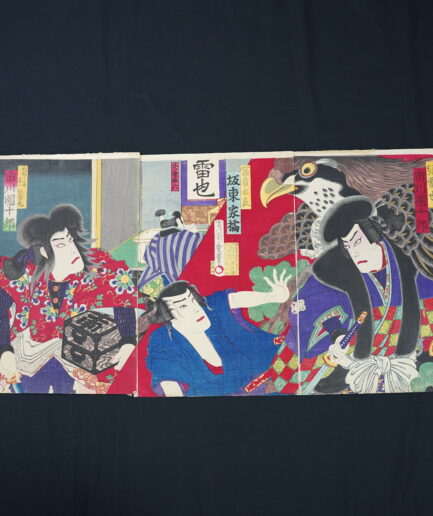Ikebana is a floral art of almost graphic finesse, endowed with a refinement in the pure Japanese spirit that can blend harmoniously into any interior. More and more people are being attracted to this art form, which creates balanced compositions with Japanese nuances - and why shouldn't you?
The history of Ikebana
Ikebana - a Japanese term composed of two words: "ikeru" meaning "to bring to life" and "hana" meaning "flower" - is the traditional art of flower arranging, created in Japan many centuries ago.
Its origins date back to the time of the Ashikaga dynasty, in the 14th century. However, ikebana has evolved and developed over time, incorporating aesthetic and philosophical influences from different periods of Japanese history.
Originally,ikebana was practiced by Buddhist monks who arranged flowers for offerings in temples. Over time, it expanded to include more elaborate techniques and design principles, becoming a distinct form of artistic expression. Today, ikebana is appreciated the world over and is considered a refined art form that highlights the natural beauty of flowers and plants.
Ikebana goes far beyond the simple creation of flower bouquets: it's an age-old Japanese practice that can be considered sculpture. Each element, from the container to the plants, is of paramount importance and carries a marked symbolic meaning. This complex, codified art form has its origins in Zen Buddhism, where the human being, in perfect harmony with nature, creates an object of contemplation in keeping with his or her state of mind.
Ikebana symbolism
Ikebana is an art that integrates many parameters. Three essential notions are always represented in the composition: earth, sky and man, symbolized by elements arranged according to precise codes.
Through the "bouquet", its creator symbolically expresses cosmic unity and the interdependence of things. It's a means of expression that involves the practice of meditation during its creation, and is designed to arouse emotions in those who contemplate it. Nature is thus staged through this art form, with man becoming its humble messenger.
The essential elements for a Japanese floral design
The art of Ikebana can't be improvised, and requires a certain amount of preparation before you start creating. First of all, you'll need a suitable container: a Japanese vase in ceramic or wood, a tree stump, driftwood, hollow stone or any other natural, non-translucent container that will conceal the fixings. Then, to hold the various elements in place, you'll need a special foam designed for bouquets (available from florists or on the Internet) or, in a more traditional style, a pierced or slatted piece of wood.
Choosing plants
To simplify the task, opt for seasonal plants such as cherry or almond branches in bloom, twisted hazelnuts and one or two beautiful flowers. You can also replace the branches with foliage of varying textures and heights, or combine the two.

